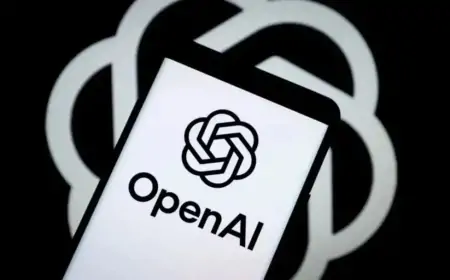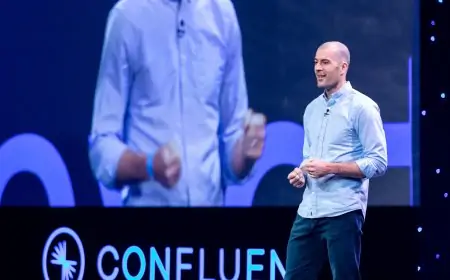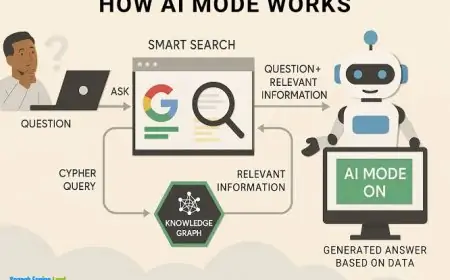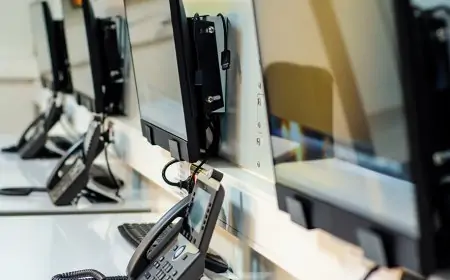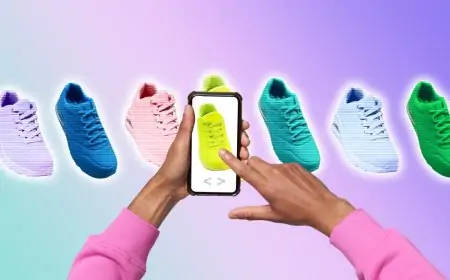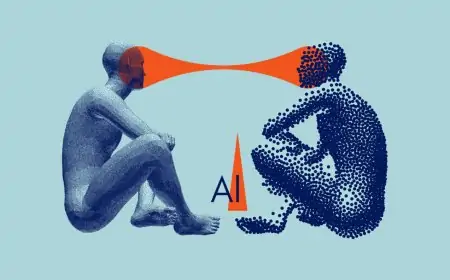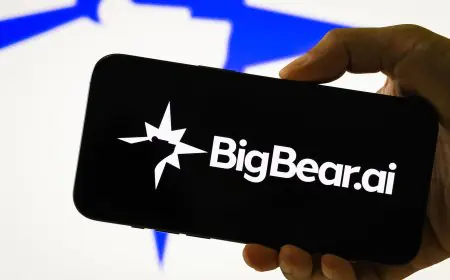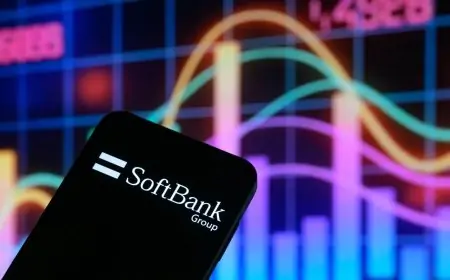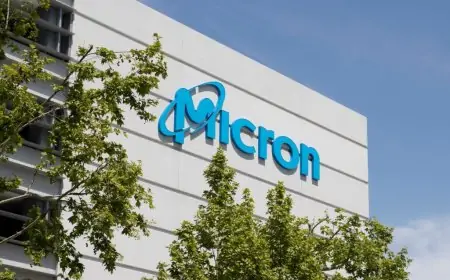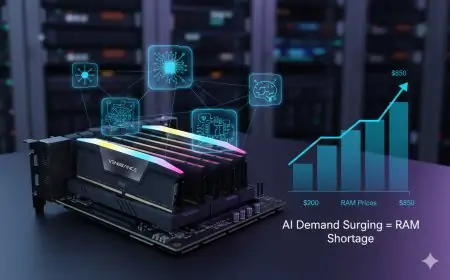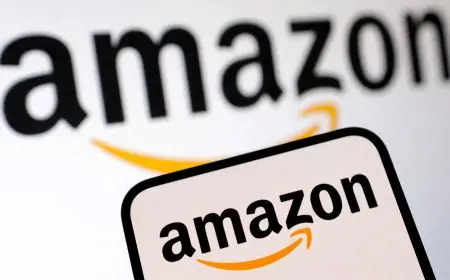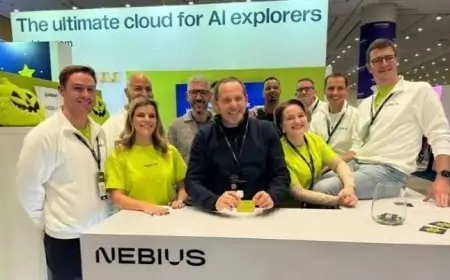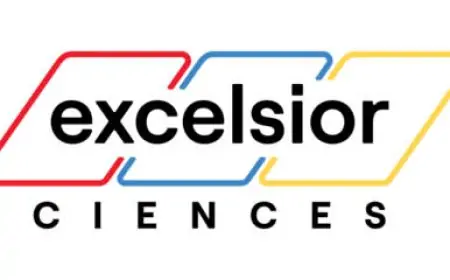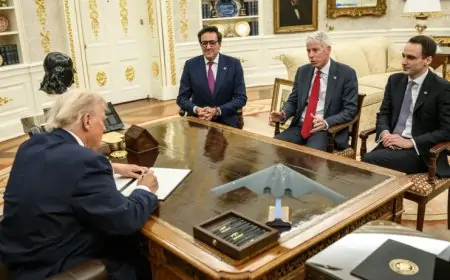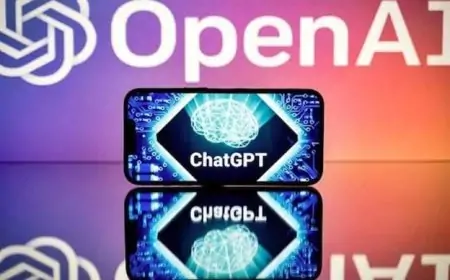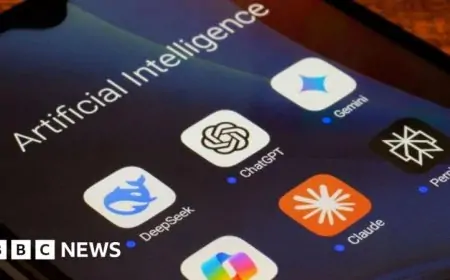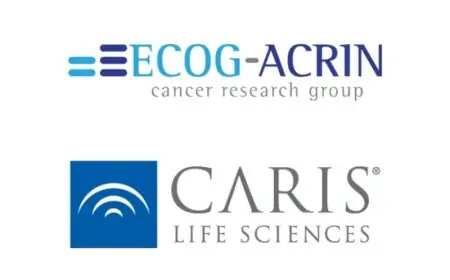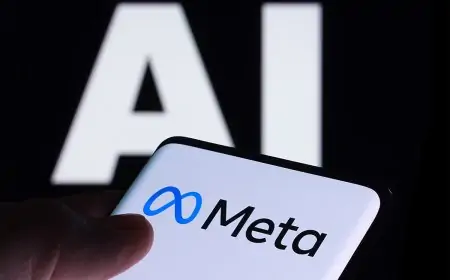A Green Future: Microsoft's Commitment to AI Through 400 MW Solar Purchase
The leading tech giant has purchased renewable energy to boost its AI ambition.

Microsoft has increased its renewable power by adding another 389 megawatts to its portfolio. This is a notable step as the tech giant scrambles to meet the power demands required to match its AI ambitions and play an active part in the AI industry.
Preparing for the Future
The additional renewable power will cover three solar projects developed by EDP Renewables North America, with two located in southern Illinois and one outside Austin, Texas. The company is buying a mix of electricity to feed nearby operations and renewable energy credits to cover demand elsewhere. It's also noteworthy that the tech leader contracts about 20 gigawatts of renewable energy capacity, based on the company’s 2024 sustainability report. This latest purchase adds around 2% to the tally.
Microsoft has been purchasing power at a rapid pace to feed its cloud and AI operations and like many of its peers, has turned to renewable power. A significant reason for this is that wind and solar can be deployed quickly and cheaply.
The Positives
Solar power and other sustainable options are faster compared to new gas power plants that take years to build and commission. A new solar farm can start producing power in less than 18 months. Developers have been working on projects that can be commissioned in phases, allowing them to get electricity across to data centers as quickly as possible.
Some developers strive to generate power 24 hours a day, seven days a week. Their efforts are backed by hybrid installations where solar and wind are connected to one or more types of batteries. The batteries are charged when renewable power flows and discharged when it ebbs. Recently, Amazon signed a contract with one such development in Portugal.
Green Energy
With renewable energy purchases, Microsoft can power its core operations without producing pollution. Going green may also help Microsoft meet its pledge to become carbon-negative by 2030. To reach this goal, Microsoft must sequester and store more carbon than its operations produce. The company has taken other angles to reach its negative emissions objectives, including direct air capture, enhanced rock weathering, and reforestation.



